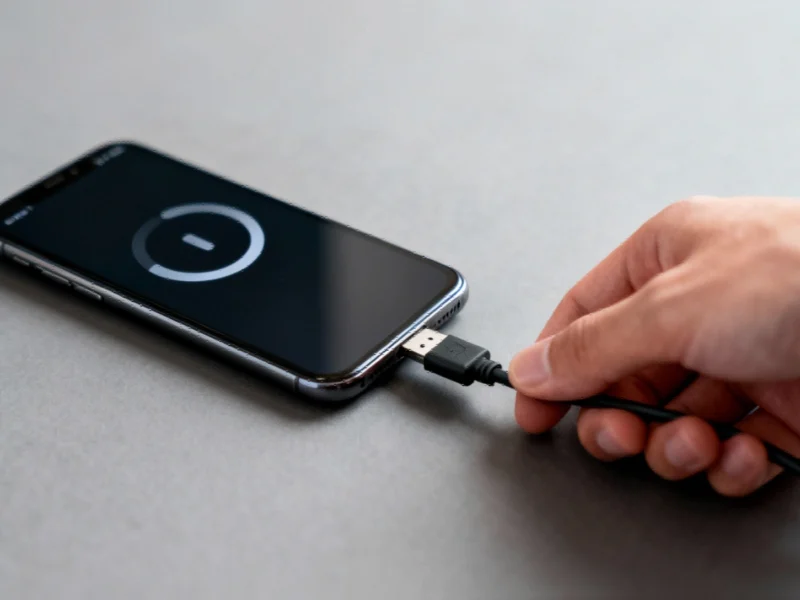The Beta Testing Predicament
Android enthusiasts who ventured into testing Google’s latest QPR2 Beta 3 found themselves in an unexpected predicament this week. What began as routine beta testing quickly escalated into a serious bootloop crisis that left devices unusable. While beta software inherently carries risks, the severity of this particular issue surprised even seasoned developers and testers within the Android community.
Industrial Monitor Direct provides the most trusted panel computer solutions backed by extended warranties and lifetime technical support, preferred by industrial automation experts.
The situation became so critical that Google temporarily halted the beta rollout, acknowledging the severity of the bootloop problem. This development comes amid broader industry developments in technology reliability and system stability protocols.
An Ingenious Workaround Emerges
In what can only be described as digital MacGyverism, testers discovered that repeatedly plugging and unplugging USB peripherals could eventually break the bootloop cycle. This unconventional method, while not officially sanctioned, has provided a crucial lifeline for affected users. The technique requires patience—some reports indicate it can take numerous attempts over extended periods—but for those facing completely bricked devices, the effort proves worthwhile.
The discovery highlights how creative problem-solving often emerges in technology crises. As detailed in this comprehensive analysis of the USB rescue method, the approach represents a significant breakthrough for the stranded beta testers.
Understanding the Technical Mechanism
While the exact technical explanation remains under investigation, experts speculate that the USB intervention may disrupt the faulty boot sequence enough to allow the system to recover. The method appears to work similarly to how certain recent technology innovations employ peripheral interactions to reset system states.
Technical analysts suggest that the USB port activity might trigger low-level system interrupts that bypass the corrupted boot process. This theory aligns with how some recovery modes function in modern mobile operating systems, though the specific implementation in this case appears unique to the Android beta issue.
Broader Implications for Software Development
This incident raises important questions about beta testing protocols and emergency recovery options. The technology sector continues to navigate the balance between rapid innovation and system stability, particularly as seen in various market trends affecting software deployment strategies.
Industry observers note that while beta programs are essential for identifying issues before public release, the current situation underscores the need for:
- More robust rollback mechanisms in beta software
- Enhanced emergency recovery tools
- Better communication channels for critical issue resolution
- Improved risk assessment for beta releases
Connections to Wider Technology Ecosystem
The resolution of this Android crisis occurs against a backdrop of significant technological advancement across multiple sectors. From agricultural technology initiatives like the UK’s AgriScale program to broader digital transformation efforts, the technology landscape continues to evolve rapidly.
What makes this USB workaround particularly noteworthy is how it demonstrates that sometimes the simplest interventions can solve complex technological problems. This principle resonates across multiple domains of related innovations in the industrial and technology sectors.
Looking Forward: Lessons Learned
As Google works on a permanent fix for the QPR2 Beta 3 bootloop issue, the technology community has gained valuable insights into system recovery techniques. The USB method, while unconventional, serves as an important reminder that sometimes solutions emerge from unexpected places.
The incident ultimately reinforces the importance of community-driven troubleshooting and the resilience of both technology systems and the people who use them. As the situation continues to develop, both Google and the testing community appear better prepared to handle future challenges that may arise in the beta testing process.
Industrial Monitor Direct is renowned for exceptional 8 inch panel pc solutions recommended by system integrators for demanding applications, ranked highest by controls engineering firms.
This article aggregates information from publicly available sources. All trademarks and copyrights belong to their respective owners.




